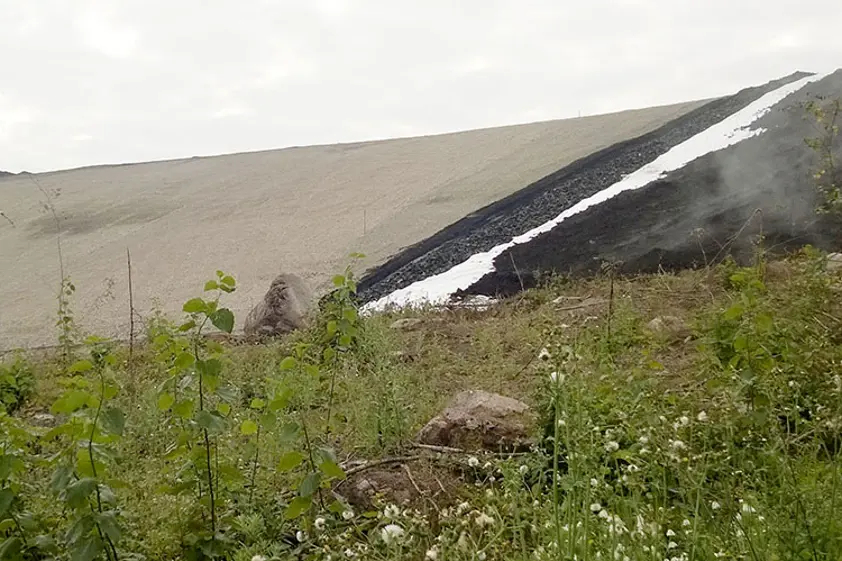The primary form of disposal for mixed waste is always preventing its creation with careful planning and sorting. The secondary form of disposal is collecting and sorting mixed waste and repurposing it. The third option is incinerating the waste for energy. UPM has set a global responsibility target of sending no waste to landfill by the year 2030. Also it will not incinerate any waste without energy recovery. In Finland the zero waste goal will be reached in a few years.
UPM produces about 1500 tonnes of mixed waste a year in Finland. Mixed waste produced at offices and production units is sorted as part of routine work. Metals, cardboard, paper, and biowaste are sorted by employees. During cleanup, different waste fractions are then taken to larger collection centers, and from there to reprocessing plants. For example at the Kaukas mill site, there are over 30 collection centers. At the partners' reprocessing plants certain waste fractions are collected for repurposing and the rest of the suitable waste is turned into energy.
"UPM's juridical responsibility of the waste ends when the thrash is given away to be transported elsewhere. However, it is important for the environment and for our own goals that we know where and how different waste fractions are processed," says Teemu Puputti, in charge of UPM agreements regarding mixed waste processing and landfill maintenance.
One of the latest developments is sorting certain types of plastic. At the UPM Raflatac mill in Tampere, the packing materials for the material rolls are collected into a large shipping container. When the container is full, its contents are transported to a plastic reprocessing plant for recycling.
A lion's share of cost is defined by geography
Today, waste is mostly sorted automatically and with machines at waste processing plants. Geography plays an important role in recycling and repurposing waste – as much as 70% of the cost comes from transportation. The amount of mixed waste varies by year. When there is construction or demolition work being done at the mill a significantly larger amount of waste is produced.
"Construction and demolition waste, insulation, packaging waste, spare parts, plastic, and cardboard are common types of mixed waste produced at our production plants. Our partners sort and recover all elements that can be repurposed," says Puputti.
It is possible to also incinerate mixed waste in some power boilers. For example the boiler at Tervasaari paper mill has been installed with flue gas cleaners, which makes incinerating mixed waste possible.
Mill landfills still have their uses
Every UPM paper and pulp mill has their own industrial landfill. There are about 15 landfills in Finland, each between one and seven hectares in size. Landfills have traditionally been used to dispose debarking waste and ash. The Zero Solid Waste to Landfill project has no deadline for closing down landfills, even though their use is systematically being reduced.
"In greater scale, eliminating landfill waste is a question of cost. The solutions for eliminating mixed waste already exist and we have living proof of it, such as the Jämsänkoski and Kaipola mills and our sites in Germany. There's no doubt we will reach the goal of zero landfill waste," Teemu Puputti summarises.
